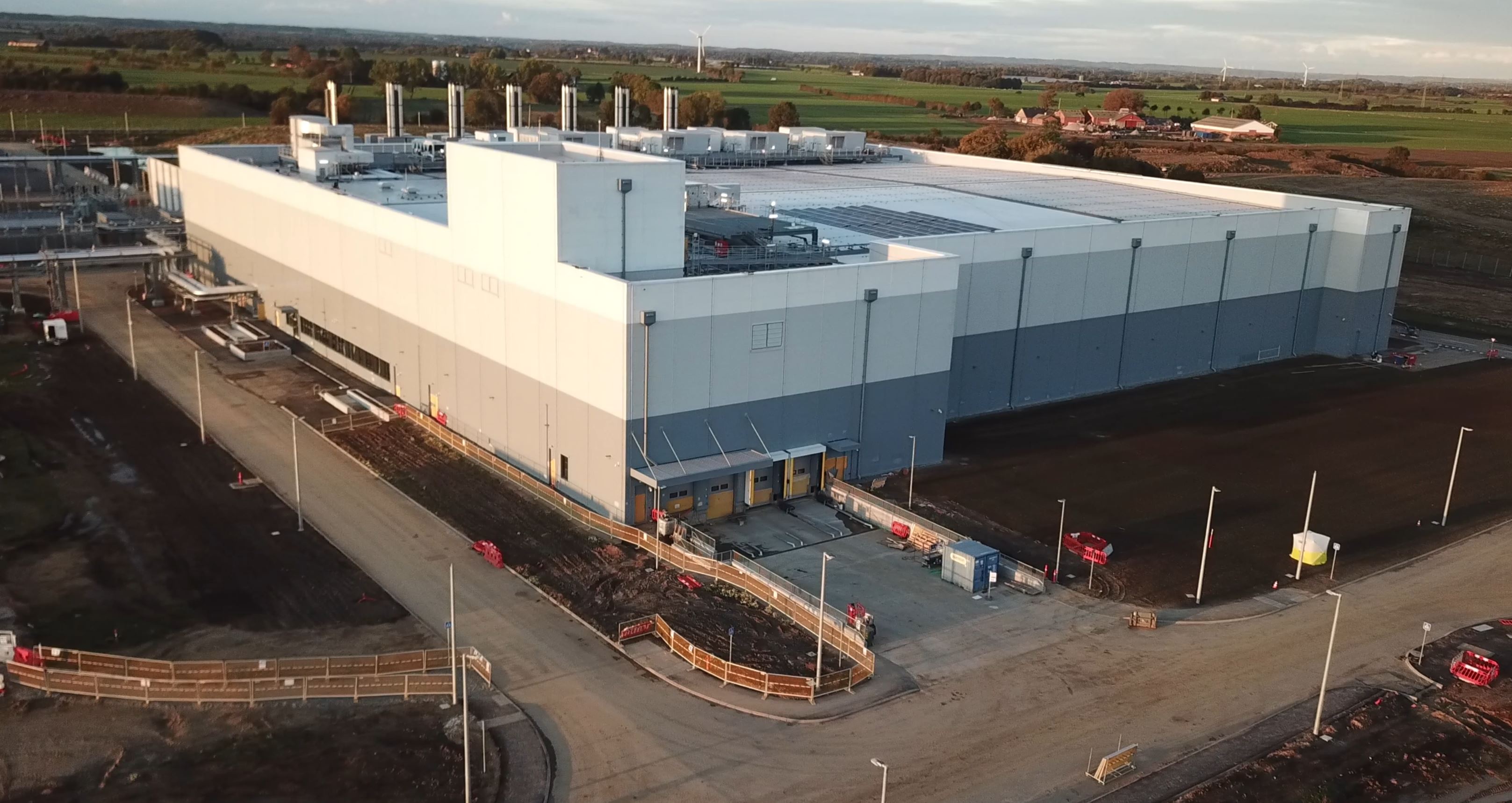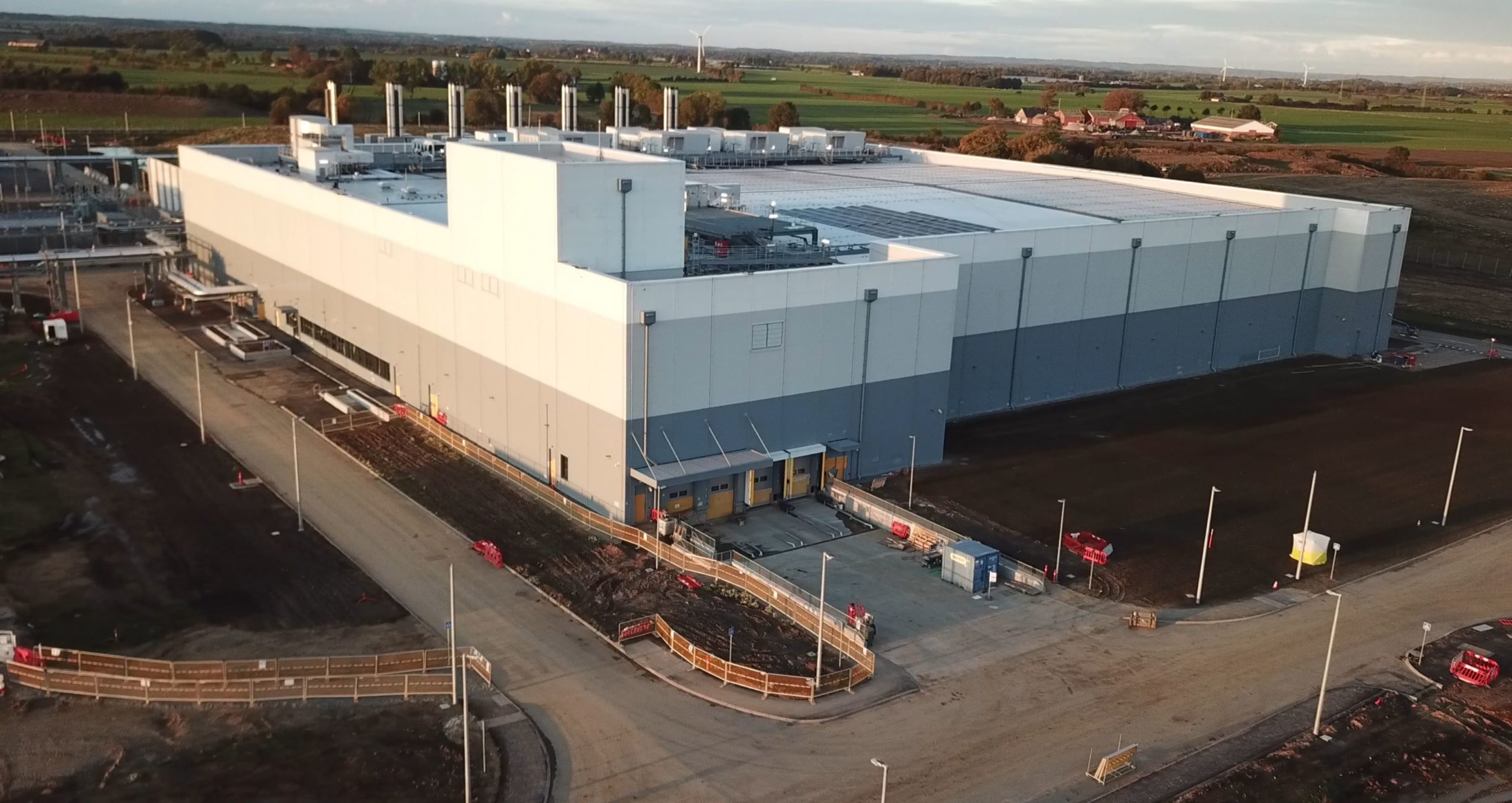
- Google says it will spend £3 billion on 670MW in hydroelectricity PPAs
- The deal could end up producing up to 3,000MW of hydroelectricity
- Google data center energy consumption is up 27%, emissions are down 12%
Google has agreed to spend at least $3 billion as part of an agreement to boost its renewable energy portfolio as demands increase in line with demand for artificial intelligence and cloud computing.
The deal with Brookfield Renewable Energy Partners includes 20-year power purchase agreements for 670 megawatts of clean energy via two Pennsylvania hydroelectric plants at Holtwood and Safe Harbor.
Although Google has been bidding big on renewable energy in recent years, this marks the world’s largest corporate clean power deal for hydroelectricity.
You may like
Google strikes the biggest-ever corporate hydroelectricity deal
Already a considerable starting point, Brookfield noted the Hydro Framework Agreement will support the provision of up to 3,000 megawatts of carbon-free hydroelectric capacity across the United States.
The move aligns with Google’s efforts to power its data centers with carbon-free energy around the clock, and comes during an era of increased green energy investments. Hyperscaler rivals like Amazon, Meta, and Microsoft have also been splurging on nuclear, gas and renewables to meet demand.
“Hydropower is a proven, low-cost technology, offering dependable, homegrown, carbon-free electricity that creates jobs and builds a stronger grid for all,” Google Head of Data Center Energy Amanda Peterson Corio explained.
Brookfield Asset Management President Connor Teskey welcomed the investment, noting that hyperscalers will need to diversify their energy production to meet demand at scale.
Although surges in AI and cloud computing have resulted in higher demand for data centers, Google’s most recent 2025 sustainability report revealed how the company managed to cut data center emissions by 12% despite a 27% rise in energy consumption. In its most recent full year, the company procured more than eight gigawatts of clean energy.
Energy efficiency improvements to its AI systems, including power-hungry GPUs, have also resulted in a reduction in water consumption, typically used for cooling. However, having only replenished 64% of the water it used in 2025, there’s still clearly a long way to go.
You might also like
Services Marketplace – Listings, Bookings & Reviews
